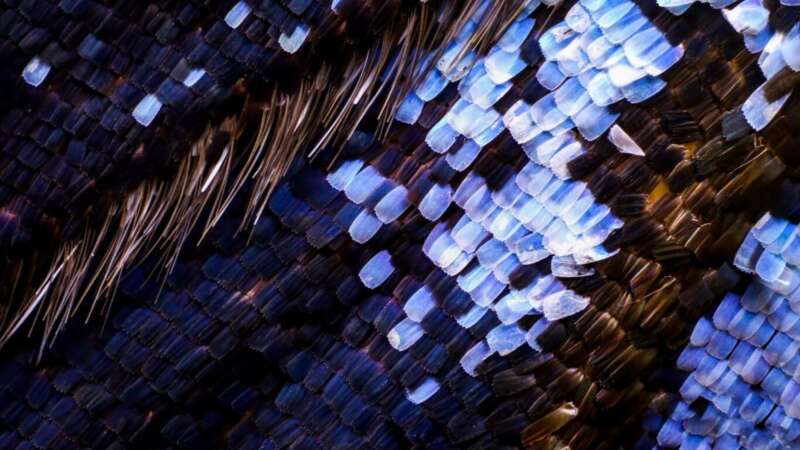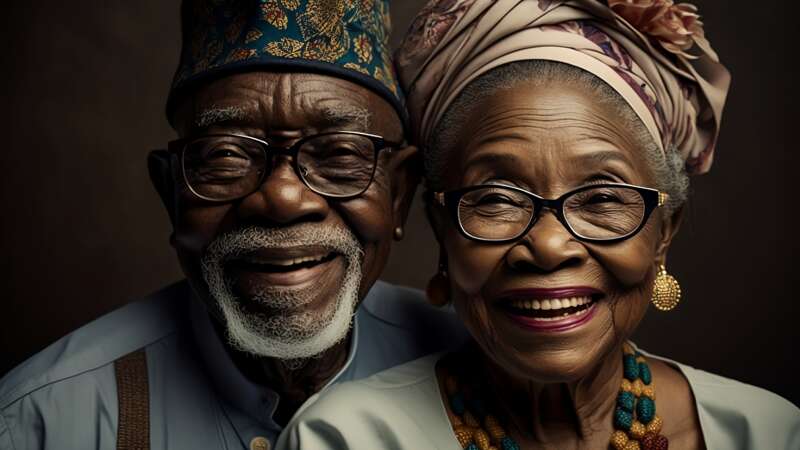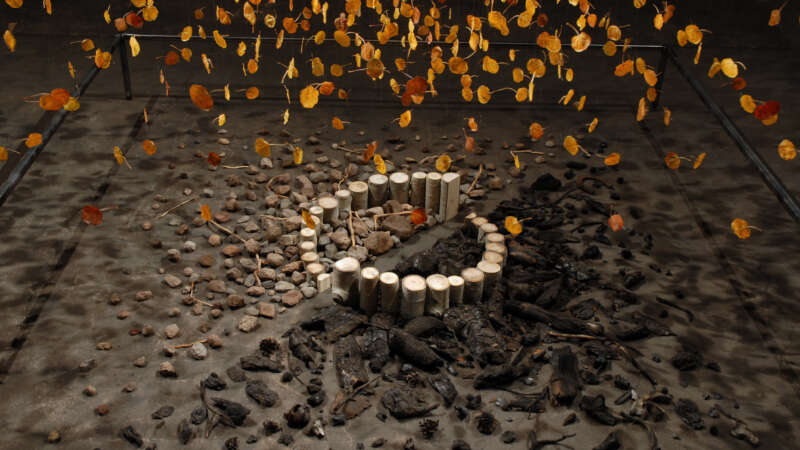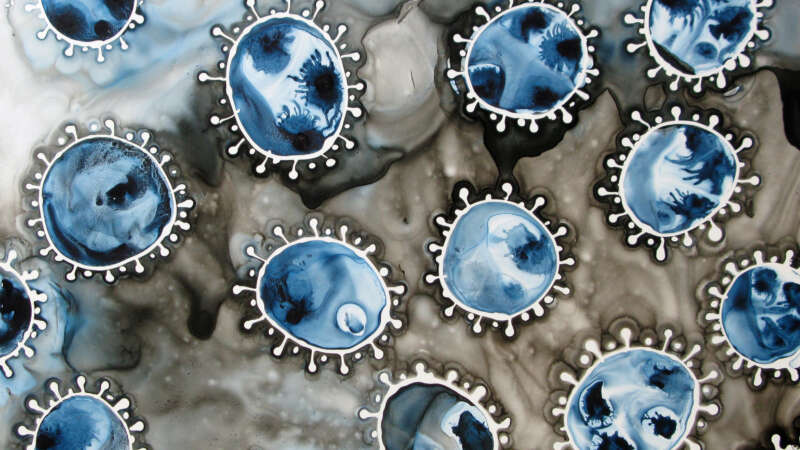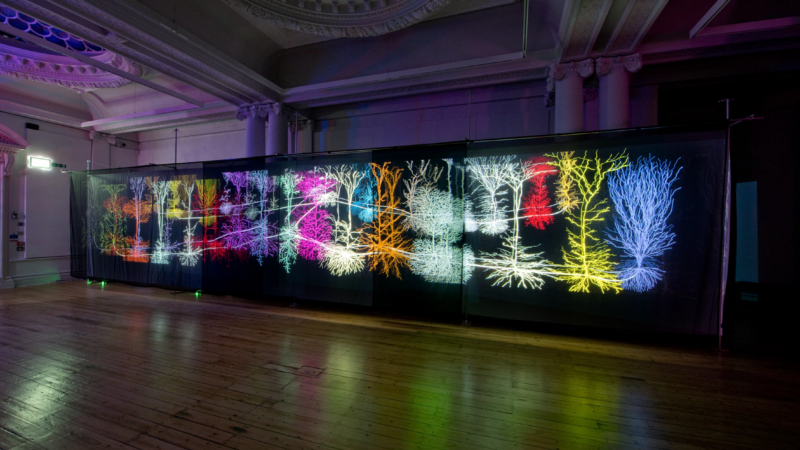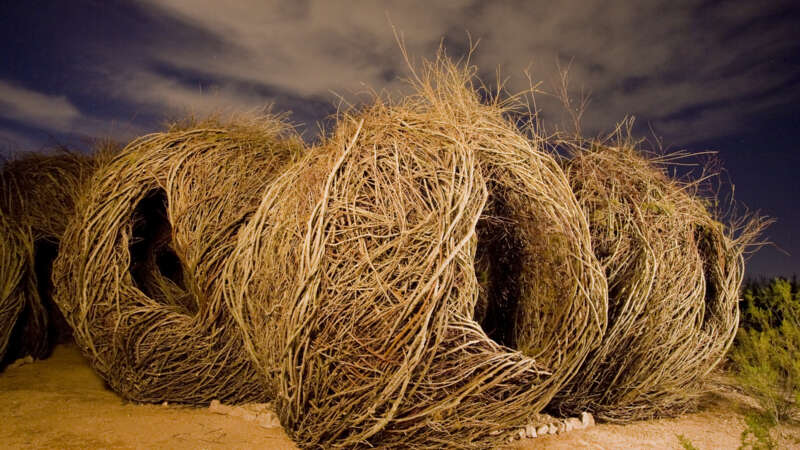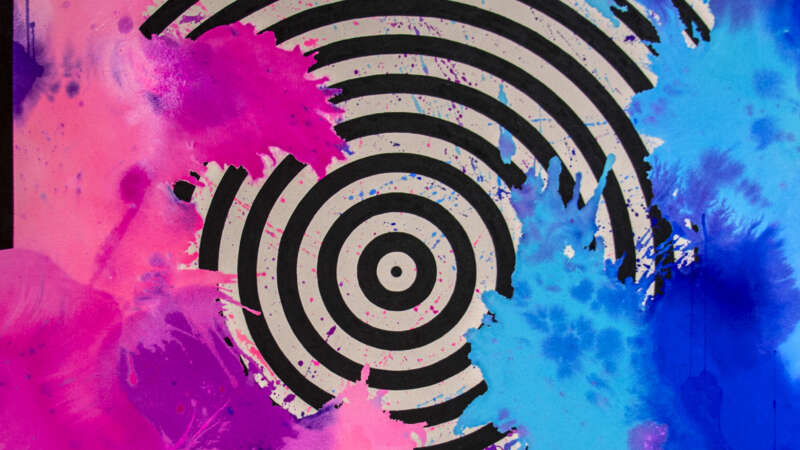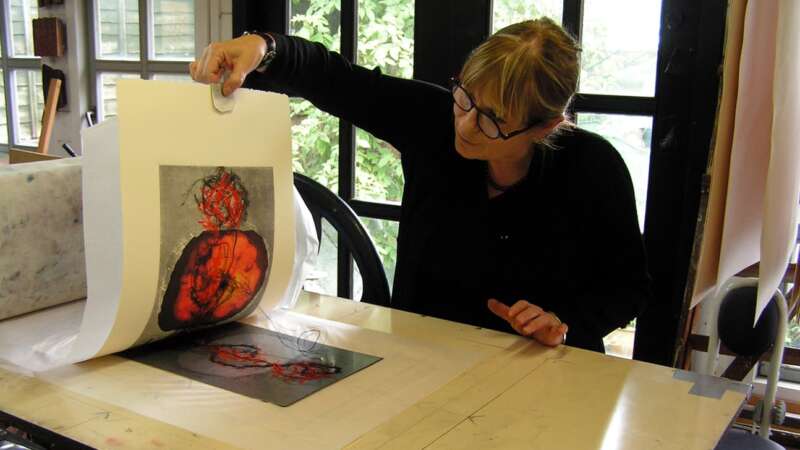artists
Maya Lin: The Quiet Power of Design
When Maya Lin was just twenty-one, her quiet vision changed how a nation remembers. As an undergraduate at Yale, she submitted a class project to a national design competition. It was for a memorial for Vietnam War veterans. Her entry, a sleek wedge of polished black granite etched with the names of more than 58,000 fallen soldiers, was unlike anything the public had seen. Its simplicity sparked debate, but what some called too stark soon became one of America’s most intense and healing monuments.
Lin grew up in Athens, Ohio, surrounded by creativity and intellect. Her mother, a poet, and her father, a ceramic artist and art school dean, taught her to think across disciplines which became the foundation of her career. She often says her work lives “between boundaries – science and art, art and architecture, East and West.” That in-between space is where her designs find their quiet power, inviting reflection rather than demanding it.
Chris Perani: The Art of Delicate Beauty
Chris Perani is a photographer who specializes in seeing the unseen. Known for his extreme macro photography, he captures butterfly wings and other minute natural subjects at a level of detail invisible to the naked eye. His images reveal dazzling mosaics of iridescent scales and textures that appear more like stained glass, sequins, or cosmic landscapes than fragments of an insect’s anatomy.
To overcome the razor-thin depth of field inherent in microscope lenses, Perani employs a meticulous stacking process. Using a 10× microscope objective mounted on a 200 mm lens, he shifts his camera forward in microscopic increments—sometimes as little as 3 microns per exposure. Each section of a wing might require 350 individual images, and a complete final work can demand more than 2,000 separate shots. These frames are then digitally merged into a seamless whole, revealing a complexity that even scientists rarely view in such clarity.
Malik Afegbua: Storytelling at the Speed of Code
Malik Afegbua, born in Nigeria, considers himself a filmmaker, a visual artist, and a creative technologist. Afegbua is globally recognized for his ground-breaking use of artificial intelligence in storytelling.
A business-school graduate from the University of Surrey, he turned his focus to the creative realm in 2011 after receiving a Canon camera. This gift was the beginning of his career in photography, filmmaking and virtual storytelling. Today, he is the CEO of Slickcity Media, a Lagos‑based studio producing commercials, documentaries, VR experiences, and AI‑driven art for clients like Meta, Marvel Studios, IBM, American Express, and Cadbury.
His breakout project, The Elder Series, also known as “Fashion Show for Seniors”, emerged in early 2023 when he used technology to depict elegantly dressed older adults walking a runway – imagining aging as stylish, powerful, and full of color. This collection went viral worldwide, earning praise from the World Health Organization during its Decade of Healthy Aging initiative.
Bryan David Griffith: Art Born from Fire, Fueled by Purpose
Bryan David Griffith tackles big questions with simple materials. His art examines the tension between nature and culture, chaos and control, and life and loss. His engineering background brings a problem-solver’s mindset to his creative process, often inventing new techniques to serve each concept.
Griffith didn’t take a typical path into the art world. While studying at the University of Michigan, he found a beat-up photo manual, built a darkroom, and started experimenting. Later, disillusioned with a consulting job and its environmental impact, he quit, bought a van, and hit the road to become an artist.
Reuben Wu: Shedding New Light on the World
Reuben Wu, a multidisciplinary artist who utilizes aerial lighting with drones and long-exposure photography, to tell compelling stories about the world we inhabit.
Wu has helped redefine contemporary landscape photography, and his work is featured in the permanent collections of the Guggenheim Museum, The Metropolitan Museum of Art, and the MoMA.
Michele Banks: The Pulse of Life in Ink and Color
Michele Banks, known as Artologica, is a Washington, D.C.-based artist using watercolor and ink to explore themes such as cell division, neuroscience, the microbiome, and climate change. Her pieces capture a slightly abstracted scientific imagery, creating beautiful interpretations of biological and environmental processes.
Banks has exhibited her work at the National Institutes of Health (NIH), the American Association for the Advancement of Science (AAAS), and major scientific conferences, including the Society for Neuroscience and the American Society for Microbiology. Her art has appeared on journal covers, in textbooks, and in publications such as Scientific American, The Scientist, and Wired.
Andrew Carnie: Immersing Audiences in Science
Andrew Carnie is a notable contemporary visual artist with a global exhibition footprint, based in the UK.
An emeritus fellow at the Winchester School of Art, Southampton University, Carnie’s work focuses greatly on the intersection of art and science. In fact, he has a blog focused on just that.
While he frequently collaborates with scientists, his creative approach remains broad and unconstrained by specific media, adapting his methodologies to the context and themes of each project.
Patrick Dougherty: Rooted in Nature
Patrick Dougherty’s art career is rooted in his fascination with nature and primitive building techniques.
Born in Oklahoma in 1945 and raised in North Carolina, Dougherty first pursued traditional academics, earning degrees in English and Health Administration. However, his return to North Carolina to study art history and sculpture sparked a desire to create works of art utilizing natural materials, particularly tree saplings. Combining this desire with his carpentry skills, Dougherty began crafting unique, large-scale sculptures that organically blend into their environments.
Riley Sims: Colors of Resilience
Riley Sims, a graduate of Ball State University and currently pursuing her graduate studies at Kent State University, combines geometric precision with spontaneous bursts of vibrant color to create a dynamic representation of life’s complexities, healing and resilience.
A key focus of Sims’ art is her intimate exploration of Lyme disease, a condition she has personally battled. However, Sims’ work goes beyond self-expression – her canvases are powerful advocacy tools. Her paintings education viewers about Lyme disease, bringing awareness to the financial and emotional challenges faced by those with the disease.
Susan Aldworth: Cultivating Art from the Brain
Susan Aldworth, born in 1955, is an artist known for her exploration of consciousness, identity, and the human mind. With a background in philosophy, Aldworth’s exemplifies the blend of art and science and establisher her as a significant figure in the UK’s Art & Science movement since the late 1990s.
Her creative practice utilizes various mediums, including printmaking, drawing, installation, and time-based media, bringing into light the lived experiences of individuals, particularly those related to medical and psychological conditions.
Aldworth’s work is featured in prestigious collections such as the Victoria & Albert Museum, the British Museum, the Fitzwilliam Museum, and the British Library, and she has exhibited extensively both in the UK and internationally.

